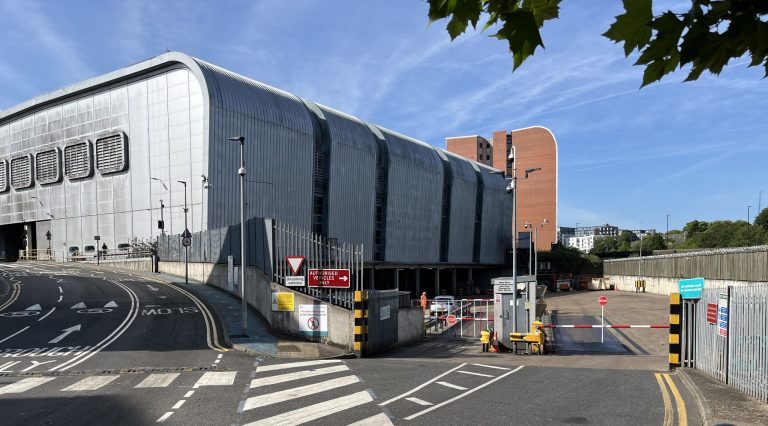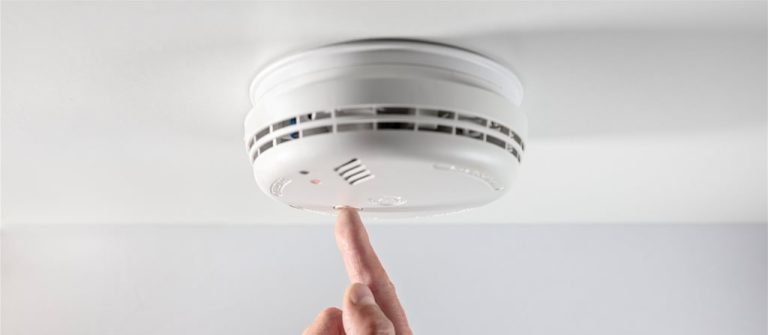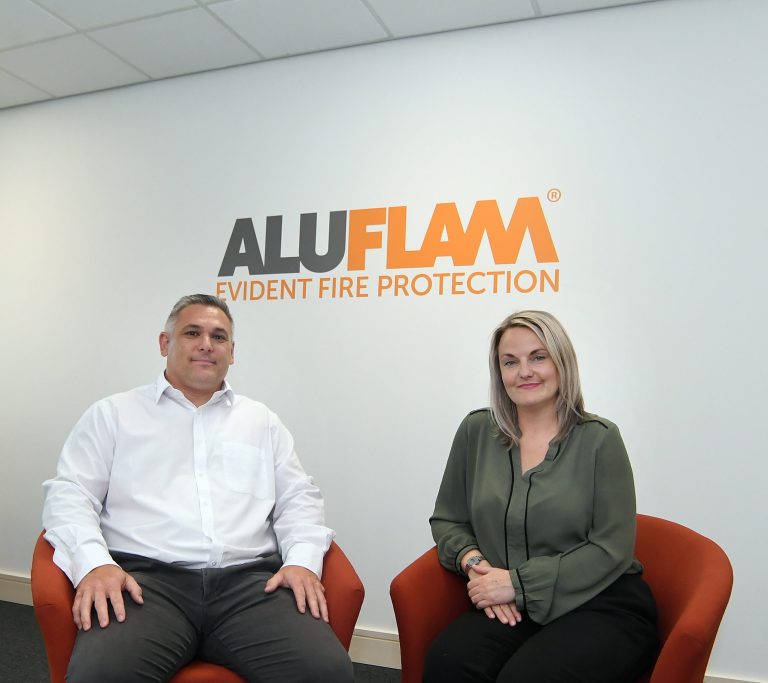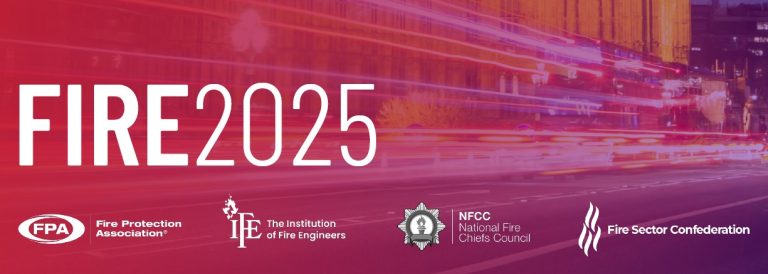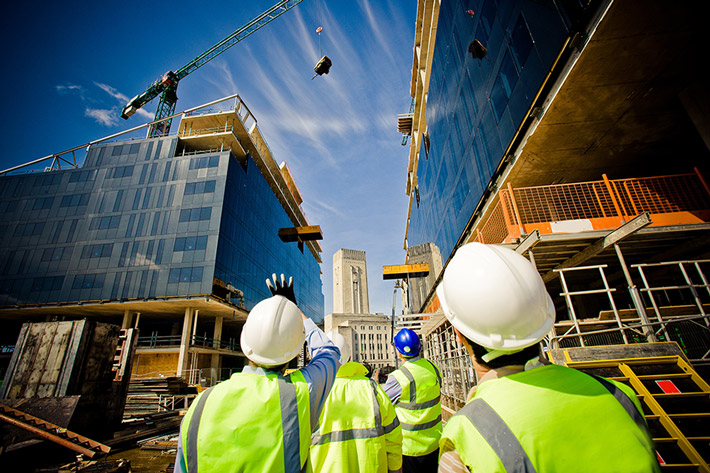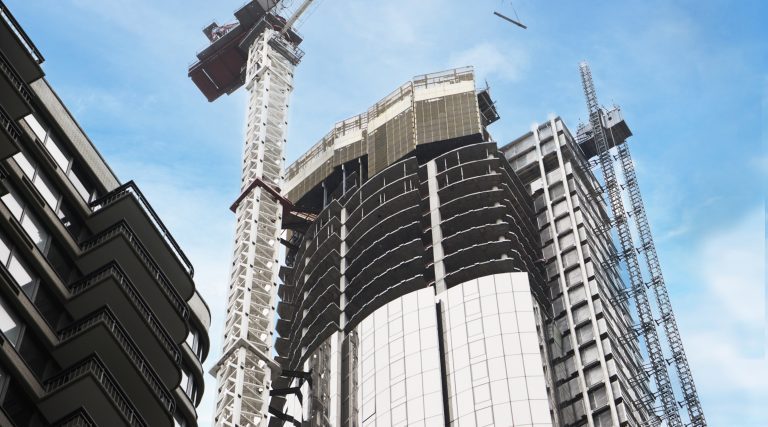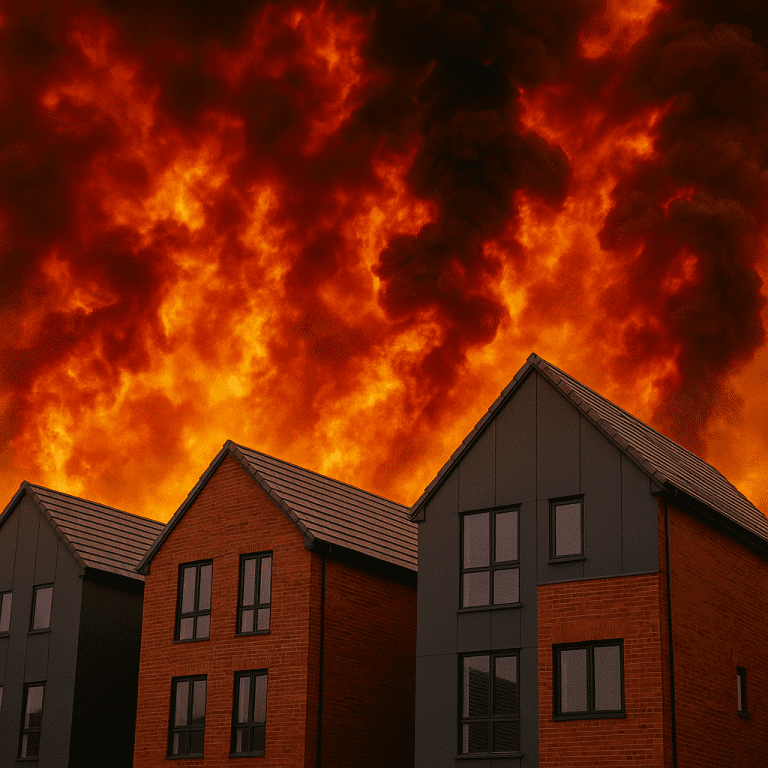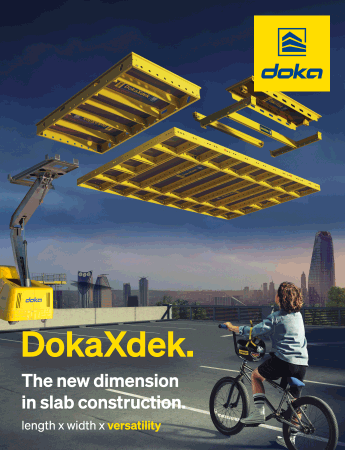On Thursday 13 November 2025, the UK’s leading voices in fire safety will gather for one of the sector’s most anticipated events – FIRE2025. Taking place at the QEII Centre in London, with the option to join online, this dynamic one-day conference promises to deliver vital insights, foster collaboration, and provide actionable solutions for an industry that continues to evolve at pace. Developed in partnership by the Fire Protection Association (FPA), Institution of Fire Engineers (IFE), National Fire Chiefs Council (NFCC) and the Fire Sector Confederation (FSC), FIRE2025 will bring together over 400 professionals from across the fire, construction, insurance, risk management, local authority, and property sectors. With legislative changes, sustainability requirements, and the push for ever higher safety standards shaping the built environment, FIRE2025 offers an opportunity to hear from industry experts at the forefront of these developments. A full programme of keynote presentations, seminars, and breakout sessions will explore how organisations can meet building safety expectations, adapt to new regulations, and embrace innovation in fire safety technologies. Why Attend?Beyond the speaker sessions, FIRE2025 is designed to be a hub for high-quality networking. Delegates will have the opportunity to connect with peers and suppliers during the dedicated exhibition periods – covering registration, breaks, lunch, and the informal evening drinks reception. Exhibitors will showcase the latest products, services, and solutions, providing hands-on demonstrations and in-depth advice. For professionals seeking to enhance their expertise, the conference offers six hours of IFE-accredited CPD, ensuring attendees not only gain insights but also tangible career benefits. Who Will You Meet?The event attracts a broad and influential audience – from chief fire officers, directors, and chartered building surveyors to fire engineers, risk managers, insurers, architects, and consultants. Whether you’re looking to connect with decision-makers, share best practice, or explore potential collaborations, FIRE2025 brings together the right people in the right setting. A Hybrid ExperienceWith both in-person and online options, FIRE2025 is accessible to professionals across the UK and beyond. The hybrid format ensures those unable to attend in London can still benefit from the knowledge, networking, and exposure the event offers. Be Part of ItWhether you attend as a delegate, showcase your solutions as an exhibitor, or take advantage of the exclusive partnership opportunities, FIRE2025 is a must-attend date in the fire safety calendar. It’s where strategic thinking meets practical application – and where the industry comes together to influence the future of fire protection. For further details, visit fireconference2025.eventbrite.co.uk or contact the event team at events@thefpa.co.uk. Also, to see the Event PDF with further details, please click the below button. Building, Design & Construction Magazine | The Choice of Industry Professionals




